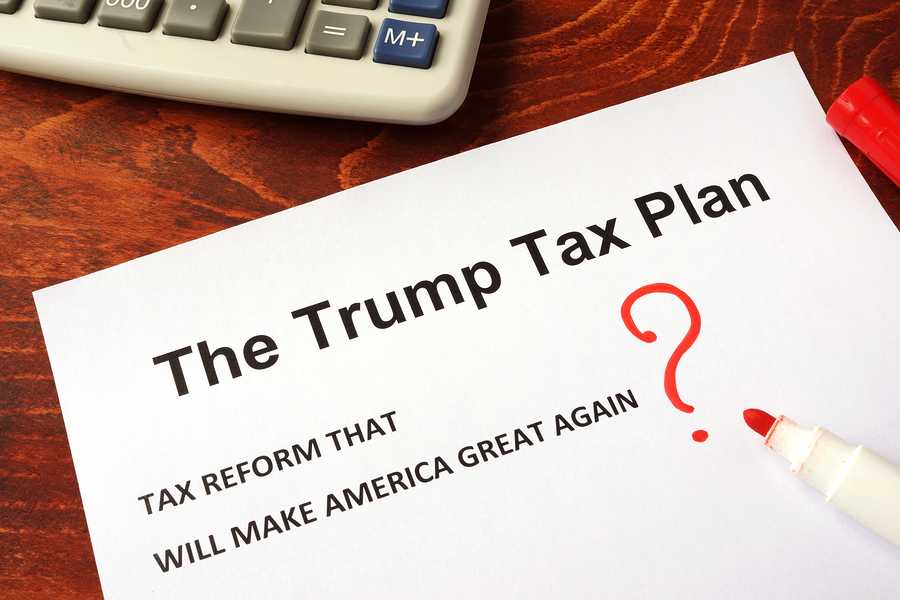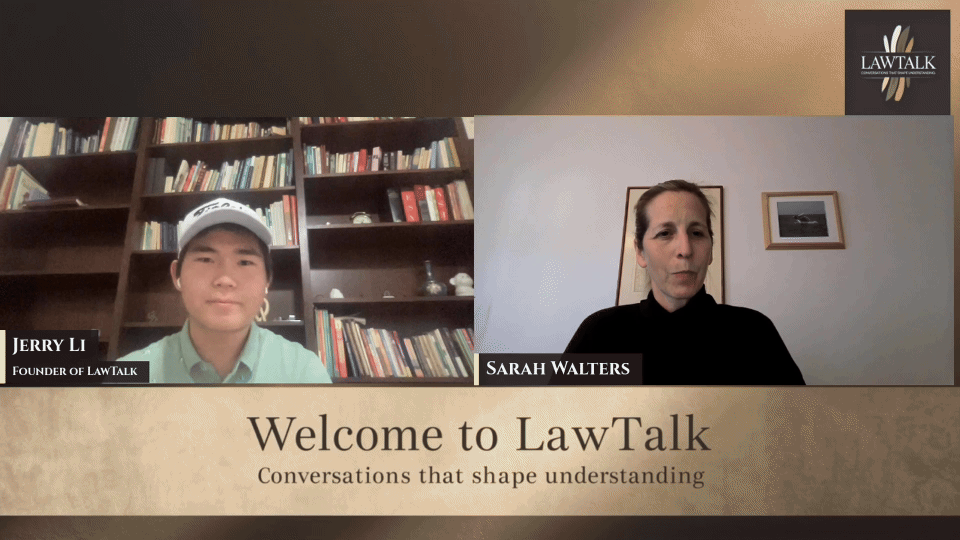
President Donald Trump’s tax reform bill, officially coined the Tax Cuts and Jobs Act, has been met with significant controversy—and for good reason.
The proposed $6 trillion in tax cuts, top Republicans say, would be offset by eliminating loopholes, deductions and tax breaks, and boosting annual economic growth. Trump has promised significant relief for middle-class Americans, but research completed by three non-partisan policy groups paints a different picture.
- “[Trump’s] proposal would cut taxes at all income levels, although the largest benefits, in dollar and percentage terms, would go to the highest-income households. Federal revenues would fall by $6.2 trillion over the first decade before accounting for added interest costs and macroeconomic effects. Including those factors, the federal debt would rise by at least $7.0 trillion over the first decade and by at least $20.7 trillion by 2036.” – Tax Policy Center
- “The average household in the bottom 99 percent would see its taxes decrease $343 in 2027, the final year of the conventional 10-year budget analysis. Meanwhile, the average household in the top 1 percent would see a tax cut of $207,060—more than 600 times larger. And while ultrawealthy households would reap huge benefits, by 2027, 1 in 4 households would actually see their taxes increase under Trump’s plan.” – Center for American Progress
- “The president repeated a dubious claim that “middle-class families” would see their wages go up “around $4,000.” His economic advisers say that could happen after eight years if the economy grows at high annual rates. But congressional economic experts don’t expect that to happen.” – FactCheck.Org
There’s a lot more to the plan (much of it bad), but it’s worth mentioning that during a Nov. 29 speech in St. Charles, Missouri, Trump claimed that he was supporting his plan against his own financial interest—hogwash.
“This is going to cost me a fortune, this thing, believe me,” he said. “This is not good for me. I have some very wealthy friends, not so happy with me. But that’s OK.”
But according to National Public Radio, “63 percent of the total savings from the Senate bill in 2019 would go to taxpayers earning more than $150,100 (the top 20 percent of earners), while nearly a quarter would go to the top 5 percent — people making upwards of $303,200.”
Further benefiting Trump and his wealthy friends, currently, a taxpayer can pass up to $5.49 million to heirs tax-free. It’s about double that amount for married couples, but above that, beneficiaries must pay a federal estate tax of 40 percent.
Under the new proposal, the estate tax exemption will double and then be repealed by 2024.
Trump’s plan is clearly seeking to revive trickle-down economics of the 1980s, which gave tax breaks to the rich and powerful to help stimulate business investment and hopefully boost salaries. A recent study by the International Monetary Fund had little positive to say about this theory, stating, “the benefits do not trickle down.”
“In contrast, an increase in the income share of the bottom 20 percent (the poor) is associated with higher GDP growth,” the researchers also write. “The poor and the middle class matter the most for growth via a number of interrelated economic, social, and political channels.”
Even Fox News has acknowledged a flaw in the plan. “With the greatly reduced amount of tax collections the plan calls for, it’s possible that domestic spending on programs such as welfare programs and education could take a hit,” writes reporter Kaitlyn Schallhorn.
Here’s something else to consider.
According to the Congressional Budget Office (CBO), which provides non-partisan analysis for Congress, the plan would increase deficits over the 2018-2027 period by $1.4 trillion.
“By CBO’s estimate, additional debt service would boost the 10-year increase in deficits to $1.7 trillion,” the report also states.
Trump disagrees with this estimate, as he is banking on sustained 3% annual growth to pay down the deficit. This likelihood of this happening, however, is extremely unlikely.
The last time the nation hit 3% annual growth was in 2005, before dipping and eventually crashing during the Great Recession of 2009.
The Tax Cuts and Jobs Act is an exercise in deceit. Trump claims that he wants to help hard working Americans, when in reality he is helping himself and wealthy people like him.
Take a stand. Write or call your representatives. Organize a peaceful protest. Have you voice heard. This can’t stand.























































